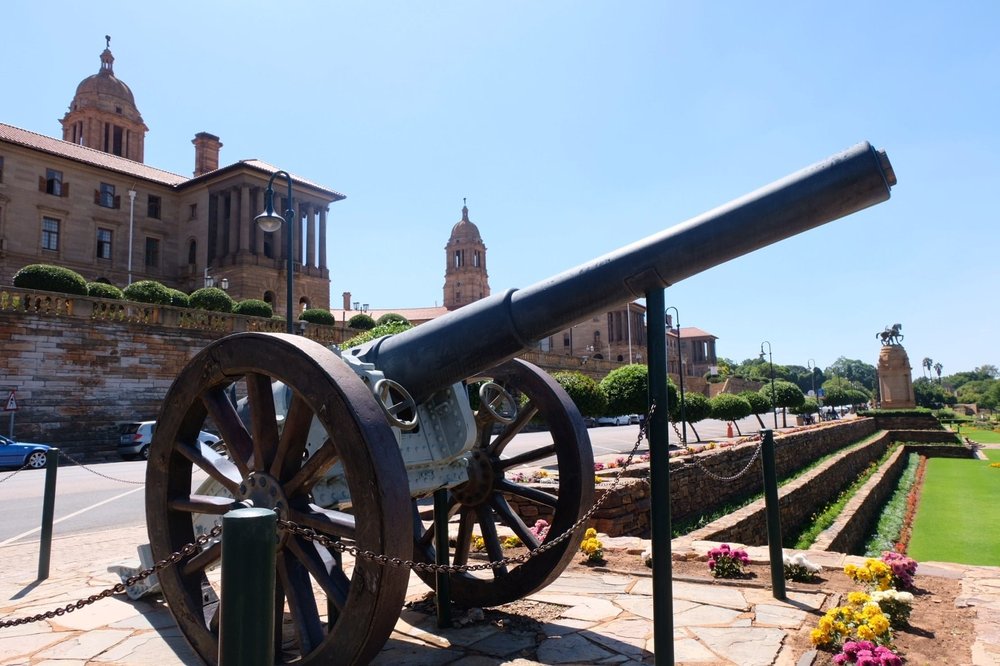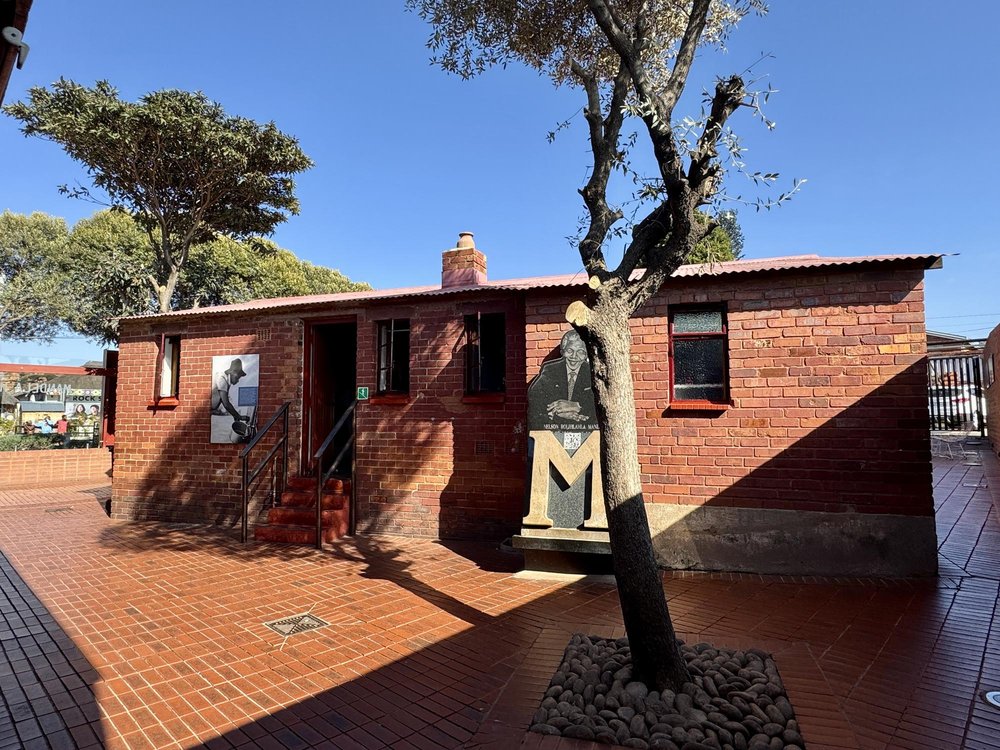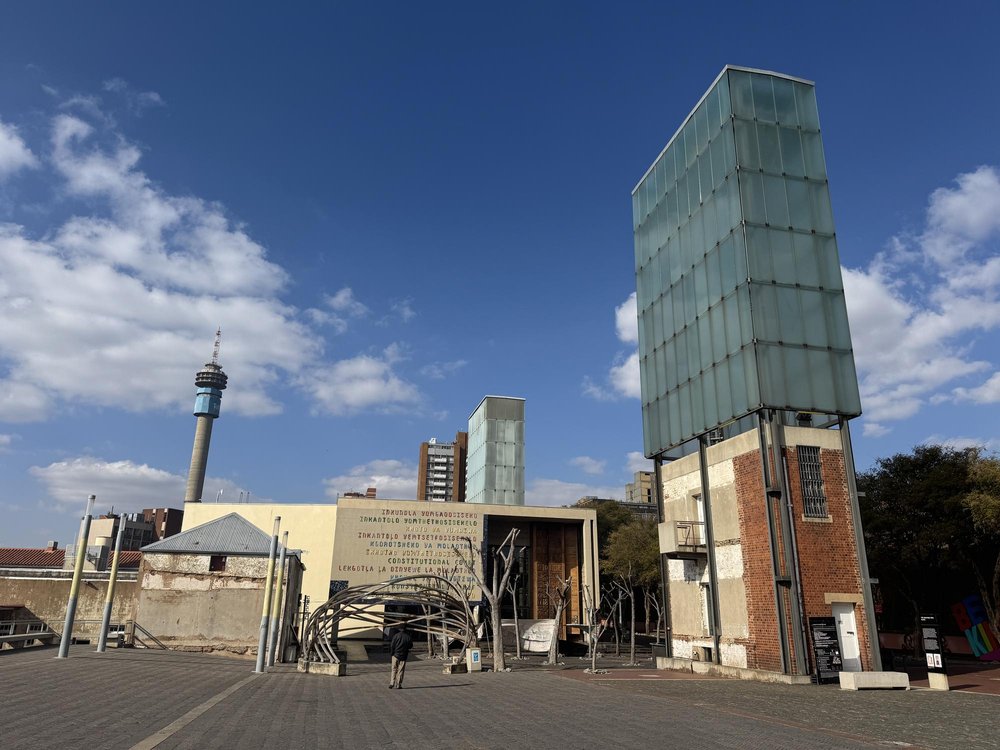South Africa
Nelson Mandela Legacy Sites
Human Rights, Liberation Struggle and Reconciliation: Nelson Mandela Legacy Sites commemorates the struggle to end Apartheid and the emergence of the post-colonial nation.
Its experience contributed significantly to other global human rights struggles. It is a serial site of 14 components in Johannesburg (including Soweto), Pretoria and other locations in the east of South Africa, linked to events such as the Sharpeville Massacre and the proclamation of the end of Apartheid.
Community Perspective: Bernard visited 5 components in Pretoria and Johannesburg, while Lauren organized a long day trip to see some more outside of the city.
Site Info
Official Information
- Full Name
- Human Rights, Liberation and Reconciliation: Nelson Mandela Legacy Sites (ID: 1676)
- Country
- South Africa
- Status
-
Inscribed 2024
Site history
History of Nelson Mandela Legacy Sites
- 2024: Advisory Body overruled
- From Referral to Inscribe
- 2024: Inscribed
- Inscribed
- 2023: Postponed
- Discussion postponed indefinitely "this nomination will not be examined at the extended 45th session"
- WHS Type
- Cultural
- Criteria
- vi
Links
- UNESCO
- whc.unesco.org
All Links
UNESCO.org
- whc.unesco.org — whc.unesco.org/
Community Information
- Community Category
- Human activity: Sites of Memory
Travel Information
Recent Connections
-
Bantu peoples
The Nom File contains 28 references to …
-
Named after individual people
-
Universities
Connections of Nelson Mandela Legacy Sites
- Individual People
- Geography
- History
-
-
Bantu peoples
The Nom File contains 28 references to "Bantu" or "Bantustan". The Xhosa leaders including Mandela (Bantu Stephen Biko was even given the name) were Bantu and were fighting against the creation of "Bantustans"
-
- World Heritage Process
- Human Activity
- Constructions
- Timeline
- Science and Technology
- WHS Names
News
No news.
Recent Visitors
Visitors of Nelson Mandela Legacy Sites
- AmyAbroad
- amychemu
- Ask Gudmundsen
- Badwater
- BaziFettehenne
- Bernard Joseph Esposo Guerrero
- Bram de Bruin
- Can SARICA
- Carlo Sarion
- Christoph
- ctravel
- Cyberczar
- CyBeRr
- Eva Kisgyorgy
- Fan Yibo
- Flexiear
- H Beswick
- Janos
- Jawnbeary
- Jay T
- Jean Lecaillon
- Jeanne OGrady
- John Smaranda
- Little Lauren Travels
- Lucio
- lynnz317@aol.com
- maryhattie
- MaxHeAnouBen
- Monica66
- Monica Tasciotti
- Nasebaer
- Paul Schofield
- Philipp Leu
- Ralf Regele
- Randi Thomsen
- Randi Thomsen
- Reza
- Rick Ohm
- Rick Ohm
- Rosemary
- SirLoydd
- Solivagant
- StaziG
- stephanvermeulen
- Svein Elias
- Svein Elias
- Szucs Tamas
- Tamara Ratz
- Thomas Buechler
- Thomas van der Walt
- TimAllen
- Vanessa Buechler
- Yongcheng Liu
- Zoë Sheng
Community Reviews
Show full reviews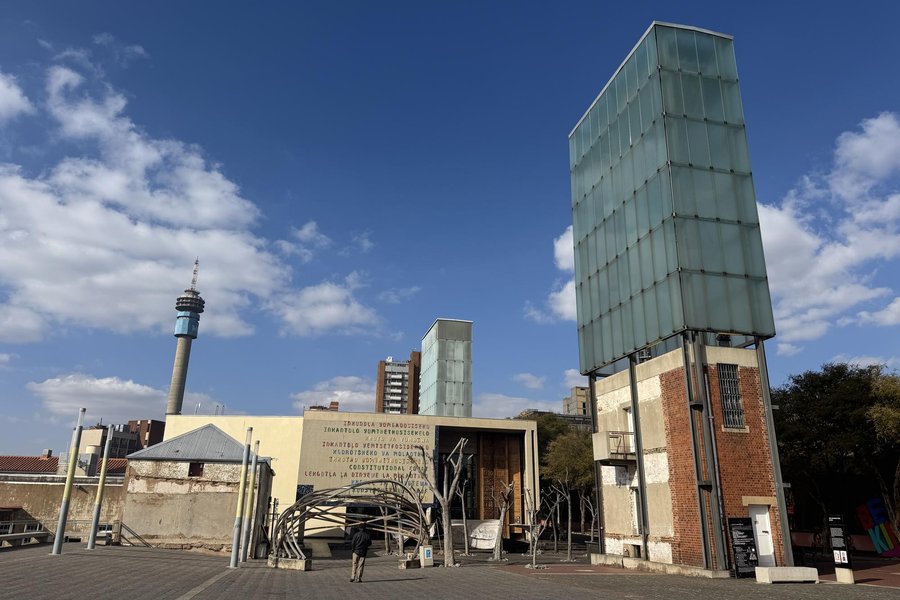
July 2025
We had the chance to visit three (four) locations of Nelson Mandela’s legacy in the Johannesburg area. This review focuses on logistics and practical experiences rather than deep historical background.
We arrived from Malawi around noon and checked into an airport hotel near OR Tambo. The hotel had a free shuttle to and from the airport, which made things very convenient.
Liliesleaf Farm
Our first destination was Liliesleaf Farm in Rivonia. This was the secret headquarters of the ANC and Umkhonto we Sizwe until it was raided by police in 1963, leading to the arrest of key anti-apartheid leaders and the Rivonia Trial.
We took an Uber there after checking with the hotel staff to confirm that the area was safe. To our surprise, the gate was closed despite a sign indicating the museum should be open. As we stepped out to take a few quick photos, a security guard appeared. He kindly let us in and said we could walk around and take pictures, though the museum itself was closed. Everything was well marked and plenty of information panels, so with didn’t miss much by not visiting the museum. We had arranged for our Uber driver to wait, which worked well.
Constitution Hill
We then continued to Constitution Hill. Constitution Hill in Johannesburg is a powerful symbol of South Africa’s journey from brutal oppression to democracy and justice. Once a notorious prison and military fort, it now houses the country’s highest court – the Constitutional Court – …
Keep reading 1 comment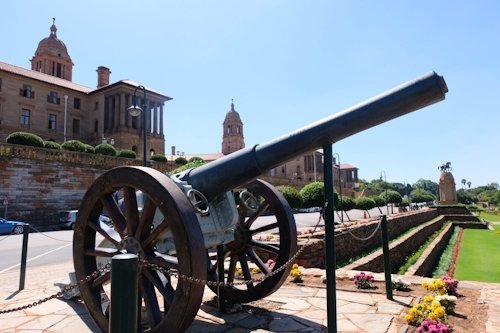
I organized a private day tour from Johannesburg to visit eight of the fourteen sites on the final inscription that are in or around Johannesburg: (a) Liliesleaf, (b) Constitution Hill, (c) Orlando West, (d) Walter Sisulu Square, and (e-h) the four Sharpeville sites. It would have been difficult to visit on my own, so I emailed several tour companies listed on TripAdvisor with the list of sites, and several responded that they’d be pleased to set up a tour. It ended up being a 9+ hour day and I could have taken longer in Orlando West and Liliesleaf, but overall I was pleased with the day and I feel like I have a good enough sense of the site to mark it as visited.
I am not always a fan of serial sites like this one, but I think the final inscription has a terrific mix of sites to commemorate Nelson Mandela and to teach visitors about the horrors of apartheid.
Here is more detail about the sites I visited:
- Sharpeville was the site of a 1960 massacre of peaceful protestors. It is a township over an hour (like 90 minutes in traffic) from downtown Johannesburg, and it is not often visited, particularly by international tourists. The tour company arranged a visit to the memorial (where the massacre occurred) and the police station, as well as some of the cemeteries. Locals say that the number of deaths is much higher than the 61 officially reported. The …
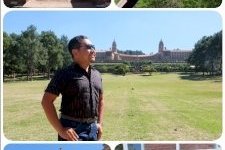
From what is written on what is available online regarding its nomination, South Africa did a good job with site selection and which crucial stages in the history of the movement should be included. The Nara Document on Authenticity plays a key role in developing the OUV, and it is this kind of nomination that we should see more moving forward: veering away from what can only be seen tangibly, but also focusing on what they represent and how people themselves and others can relate to it.
Growing up in the 90s, the Apartheid was an issue that was hard to miss. But, I must admit I did not fully understand it until only recently, after three separate visits to South Africa. The sites are but representative sites, and having been able to go around the country during those cherished visits, they definitely are just "flag bearers" of a deeper, more sophisticated struggle and story of victory that is global in scope, effort, and effect.
I visited (inside and outside) five sites on this recent trip namely, the Union Buildings, the Palace of Justice and the Rivonia Trial Site, the Freedom Park Memorial Site, the Constitution Hill and Truth & Reconciliation Commission, as well as Sophiatown forced removal site. In my first visit to SA in 2016, I also got to substantially explore District Six in Cape Town (my friend once owned a unit at the heart of Zonnenbloem), which is part of the nomination but is not …
Keep reading 0 comments
